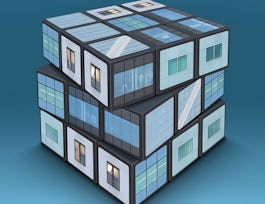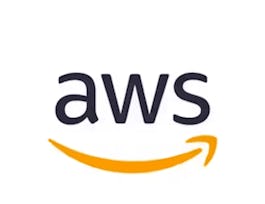We make thousands of decisions every day. Do I cross the road now, or wait for the oncoming truck to pass? Should I eat fries or a salad for lunch? How much should I tip the cab driver? We usually make these decisions with almost no thought, using what psychologists call “heuristics” – rules of thumb that enable us to navigate our lives. Without these mental shortcuts, we would be paralyzed by the multitude of daily choices. But in certain circumstances, these shortcuts lead to predictable errors – predictable, that is, if we know what to watch out for. Did you know, for example, that we are naturally biased towards selling investments that are doing well for us, but holding on to those that are doing poorly? Or that we often select sub-optimal insurance payment plans, and routinely purchase insurance that we don’t even need? And why do so many of us fail to enroll in our employer’s corporate retirement plans, even when the employer offers to match our contributions?


Behavioral Finance
Taught in English
Some content may not be translated
153,326 already enrolled
(3,879 reviews)
Details to know

Add to your LinkedIn profile
3 quizzes
See how employees at top companies are mastering in-demand skills


Earn a career certificate
Add this credential to your LinkedIn profile, resume, or CV
Share it on social media and in your performance review

There are 3 modules in this course
Welcome to the course! In this first week, we'll look at the classical economic model of consumer choice, which assumes that all of the decisions that we make are sensible, or “rational.” Once we have examined the underlying theory of how people should behave (especially around financial decisions), we will move on to examine how people do behave. We will focus in particular on situations in which we are most inclined to make decisions that appear to defy rational choice axioms.
What's included
5 videos4 readings1 quiz
Welcome to the second week. In this session, we will discover how our minds are inclined to distort probabilities, and either underestimate or overestimate the likelihood of certain outcomes. We’ll also learn about “heuristic-driven bias”: the tendency to use rules of thumb that simplify the process of making decisions, but can also lead to predictable errors. These biases negatively affect our decision-making far more than we might expect; especially when the outcome of the decision has great significance for us.
What's included
8 videos6 readings1 quiz
In the final week of the course, we will see multiple examples of how mental heuristics can lead us to make predictably sub-optimal financial decisions, both individually and across the entire financial markets. We will also discuss the many ways in which you can now improve your financial decision-making because of your deeper understanding of the innate biases that have tripped you up in the past!
What's included
2 videos2 readings1 quiz
Offered by
Recommended if you're interested in Finance

Yale University

Università Bocconi

University of London

Amazon Web Services
Why people choose Coursera for their career




Learner reviews
Showing 3 of 3879
3,879 reviews
- 5 stars
61.83%
- 4 stars
25.61%
- 3 stars
8.29%
- 2 stars
2.47%
- 1 star
1.77%
New to Finance? Start here.

Open new doors with Coursera Plus
Unlimited access to 7,000+ world-class courses, hands-on projects, and job-ready certificate programs - all included in your subscription
Advance your career with an online degree
Earn a degree from world-class universities - 100% online
Join over 3,400 global companies that choose Coursera for Business
Upskill your employees to excel in the digital economy
Frequently asked questions
No. Completion of a Coursera course does not earn you academic credit from Duke; therefore, Duke is not able to provide you with a university transcript. However, your electronic Certificate will be added to your Accomplishments page - from there, you can print your Certificate or add it to your LinkedIn profile.
Access to lectures and assignments depends on your type of enrollment. If you take a course in audit mode, you will be able to see most course materials for free. To access graded assignments and to earn a Certificate, you will need to purchase the Certificate experience, during or after your audit. If you don't see the audit option:
The course may not offer an audit option. You can try a Free Trial instead, or apply for Financial Aid.
The course may offer 'Full Course, No Certificate' instead. This option lets you see all course materials, submit required assessments, and get a final grade. This also means that you will not be able to purchase a Certificate experience.
When you purchase a Certificate you get access to all course materials, including graded assignments. Upon completing the course, your electronic Certificate will be added to your Accomplishments page - from there, you can print your Certificate or add it to your LinkedIn profile. If you only want to read and view the course content, you can audit the course for free.




